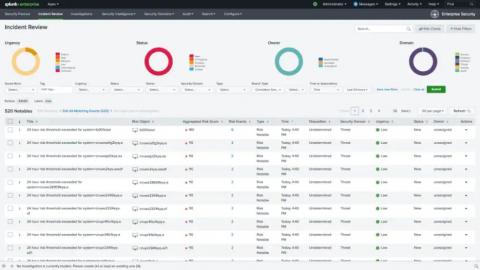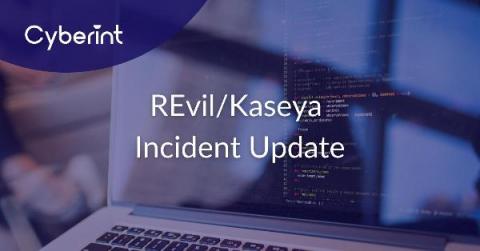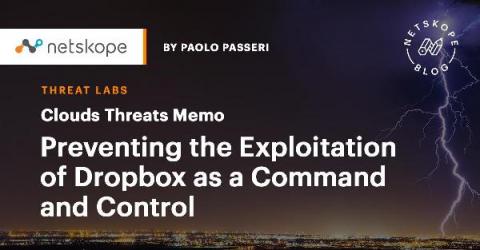What's New with Splunk Enterprise Security 6.6?
We are super excited to announce updates to Splunk Enterprise Security (ES) with our latest 6.6 release. Get ready for the latest and greatest that Splunk Enterprise Security has to offer. Let's dive right into it.










